
The roguelike genre has hit an explosion of popularity over the past decade that sees no signs of slowing down anytime soon. Among this genre comes a subsection which relies on deckbuilding and card based combat for their gameplay, which Indies’ Lies stands in.
Just like the main genre it’s an offshoot of, this subgenre has become heavily saturated in the indie gaming sphere, so does Indies’ Lies have what it takes to stand out among its vast competition? Check out our review below to find out.
Indies’ Lies
Developer: Fun Square Games
Publisher: Erabit
Platforms: iOS, Android, PC (Reviewed)
Release Date: January 16, 2023 (Early Access: March 30, 2022)
Players: 1
Price: $14.99 USD
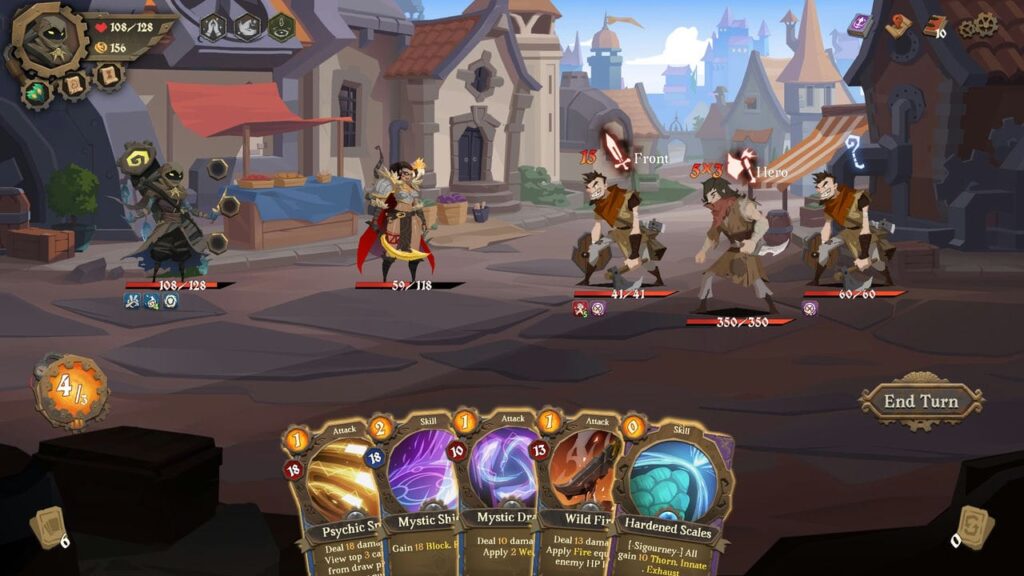
Indies’ Lies is rather beginner friendly when it comes to first getting started. Terms are always explained on cards upon a quick hover over so you know what effects will occur and there are tutorial popups when doing an action or using a class for the first time.
Unfortunately it seems that tutorials are a bit broken as I had on numerous occasions had them pop up for things I had already done multiple times before. They’re useful when one doesn’t know what they’re doing, but it seems there are still a few bugs which need to be ironed out here.
Getting into the meat of Indies’ Lies comes the roguelike runs players will jump right into as the first thing they do. The game does have a story mode, but it require going through these runs first with the game’s nine characters before learning more about the narrative.
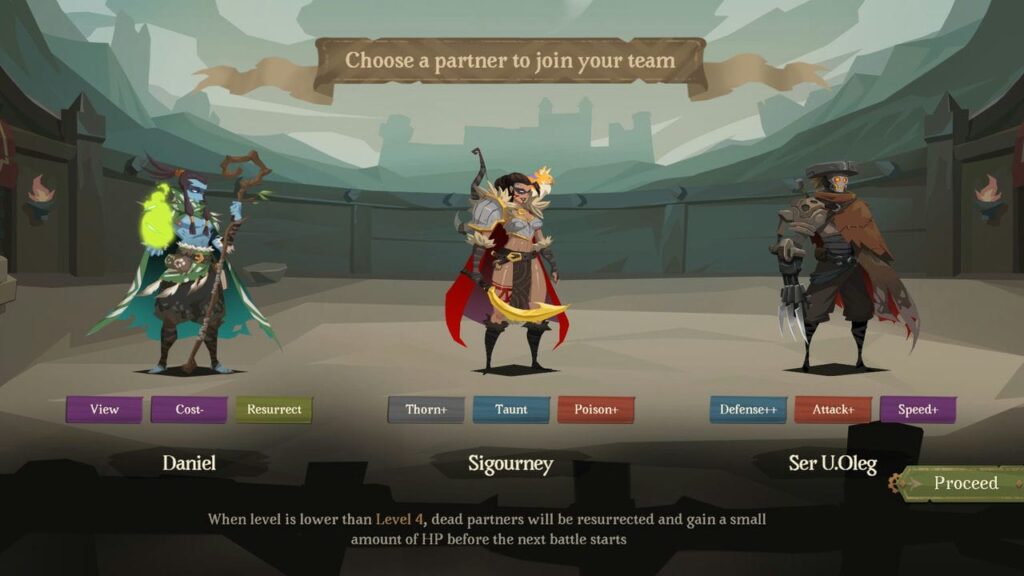
Most of the time spent in game will be the main runs where players select one of the characters to work their way through randomly generated maps which all end with a major boss battle. Each run consists of going through three maps, where after beating one players will be able to add another character from a random set of three to add to their party.
This is standard fare for most roguelikes where the random factor leads players to having to make adjustments to their strategies. As a deck builder, they don’t go beyond expectations when it comes to working out a proper deck that can handle most situations one might encounter during these runs.
Difficulty seems fair with three options to choose from when starting the game, which can also be changed at any time in the settings. I chose normal as is standard practice and it seems to be the most balanced among the three. Most of them time I find myself in a good amount of tight situations that I can manage and very rarely run into situations that end up being automatic run killers.
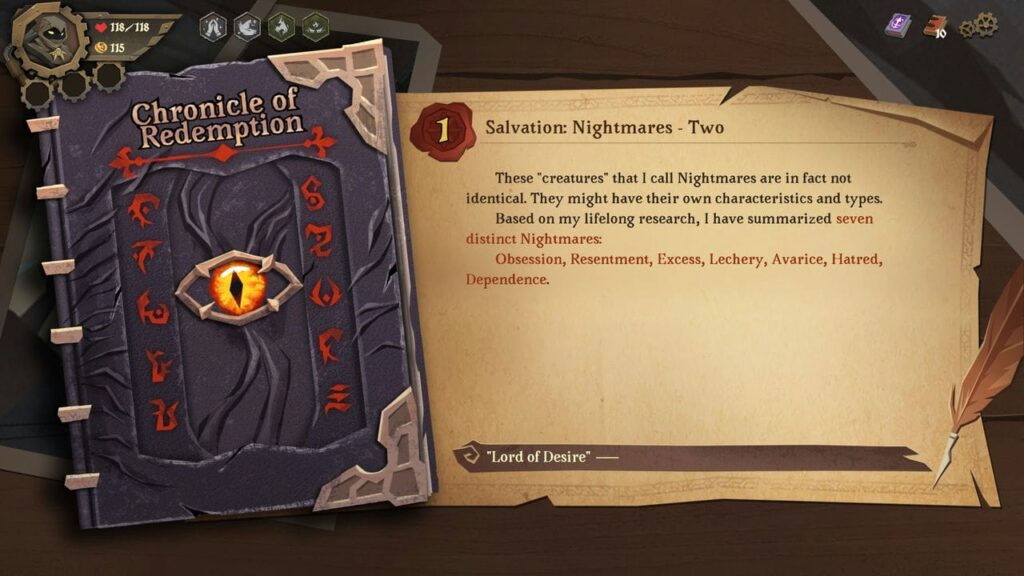
Though even at the game’s standard difficulty, Indies’ Lies stands a bit more on the easy side among roguelikes. It’s not often I found myself failing during any of the runs and the story mode runs where players follow one of the characters is even easier than the main mode.
Again there is a hard difficulty for veterans of the genre. Plus as you progress and beat stages, more modifiers to add challenge become unlocked. Though it will take a long while to unlock the 20 modifiers that might turn off some due to the grind.
However this is one of Indies’ Lies’ better strengths as they have a lot of content for a rather small and simple game. As you beat stages with the various characters, you also end up unlocking more secret cards you gather in later runs specific to their class.
Each character also has their own story path, where completing them nets players access to their hidden talents as well. This all culminates towards the latter parts of the game allowing players to really stretch out their theory crafting with numerous viable builds.

Characters in the game’s roster are fairly unique as well. There are nine in total divided evenly in 3 separate classes. While characters share traits among other in the same class, such as how the wizard class gains a slight buff when playing cards in a certain order.
There’s enough variety to keep things fresh so players don’t feel pigeonholed into having to pick something just because it’s strong. Which is good seeing as the game encourages mixing up your initial choices in order to unlock some neat cards for future playthroughs.
At the same time, once you do get some things opened up. You could just play any character you might have preference to for any reason. No one is so weak that you’d never succeed with them and they all share enough that you’re not missing out on anything either. Though this does have the drawback that no one necessarily stands out either.
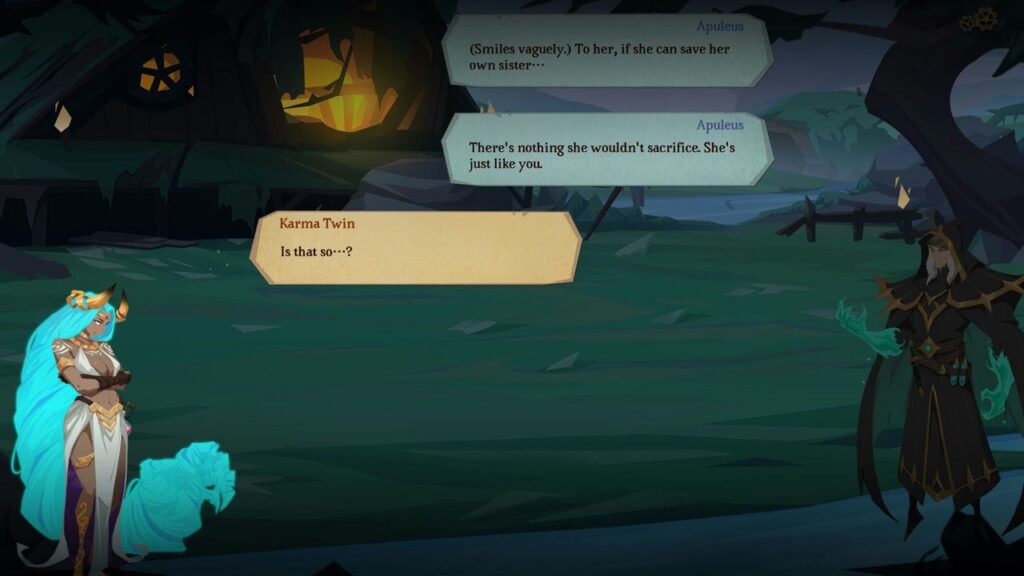
The main issue lies in how similar things gets across the three “stages” and even between story modes. The story modes are mostly linear, where deviations comes from optional places where players can enter shops or shrines to heal up.
Meanwhile regular stages followed a board where players have to make a choice on where to go, which makes other paths inaccessible. While these are randomly generated, they all mainly look the same and even the flow from battles, shops, shrines, and bonus events never feel as though they change in a meaningful way.
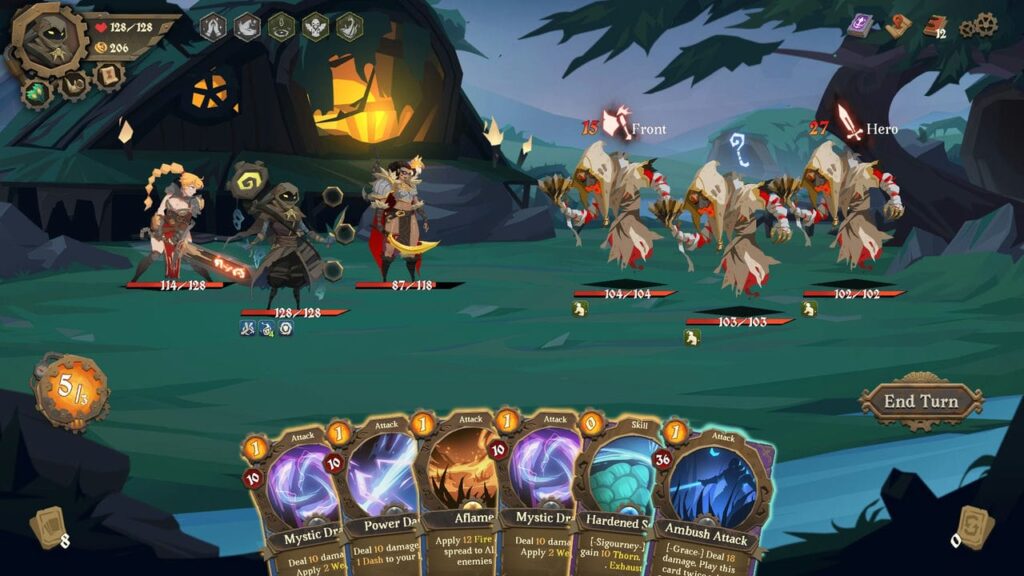
So while Indies’ Lies has decent variation across character choice and viable deck builds. The situation players run into play out nearly the same way. Perhaps this was done for balance reasons to maintain a level of fairness, but the end result makes grinding for more rewards and unlocking tougher challenges more monotonous.
Still, Indies’ Lies is a solid game nonetheless. It’s a great start for newcomers to the genre as it’s forgiving difficulty curve makes it much more assessible. Meanwhile veterans can still find some enjoyment by increasing the difficulty or getting to the late game if they’re willing to grind for a bit.
Indies’ Lies was reviewed on PC using a copy provided by Erabit Studios. You can find additional information about Niche Gamer’s review/ethics policy here. Indies’ Lies is now available on PC (via Steam and Epic Games Store), iOS, and Android devices.